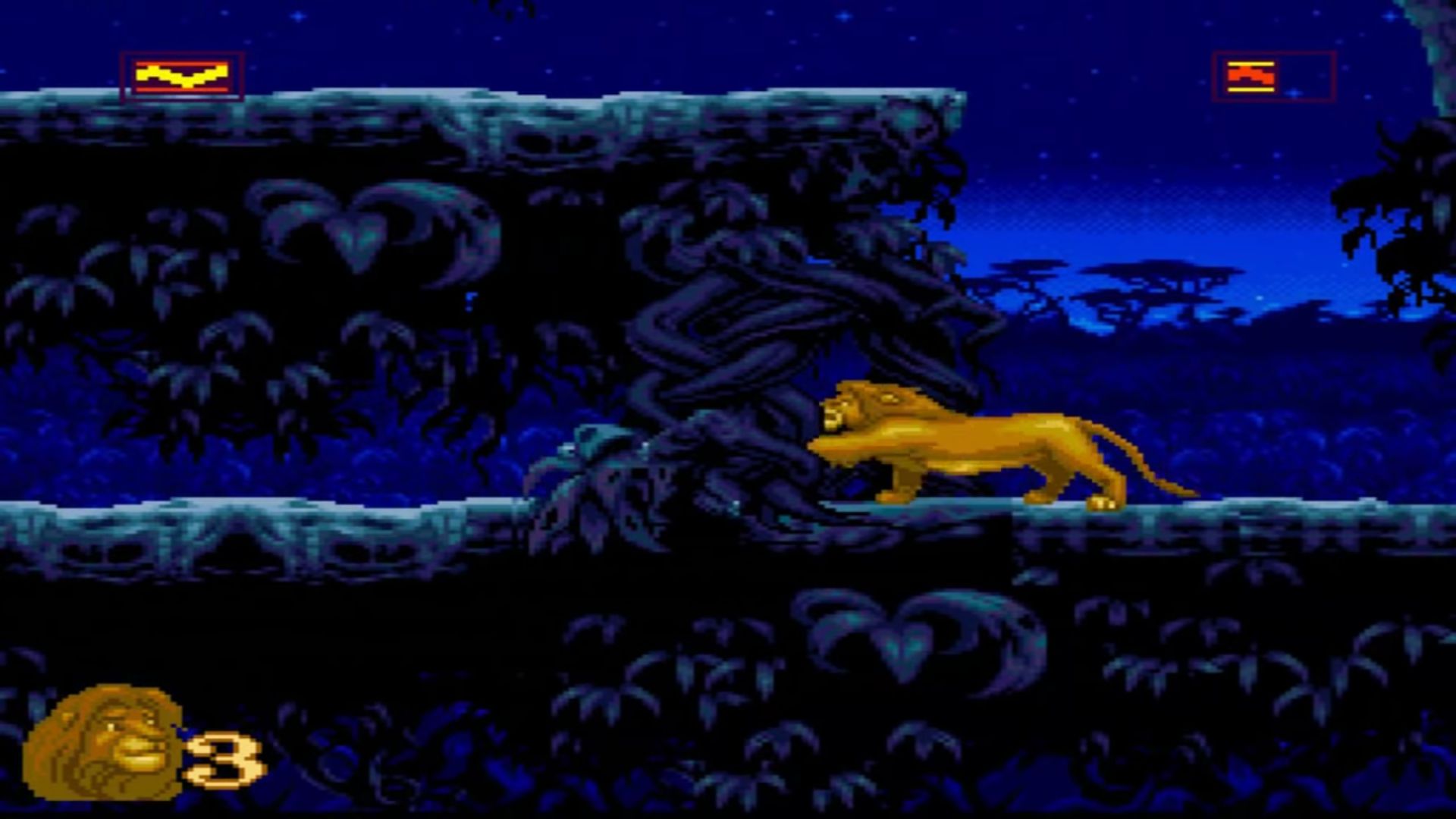
(Courtesy of Deen van Meer/Disney Theatricals)

To create a center aisle for the parade at the Civic Theatre, dozens of seats must be removed from the center of each row from the orchestra pit to the dress circle seats. The show famously begins with the animal procession to celebrate the birth of the future lion king, Simba, at Africa’s Pride Rock. Today, “Lion King” is the highest-grossing musical in Broadway history and it has beaten out all musicals and films worldwide for total box-office gross, according to Disney Theatrical Productions. The Broadway production won six Tony Awards, including Best Musical and Best Direction for Taymor, who became the first woman in Tony history to receive the musical directing prize. The show’s animal menagerie includes 22 wildebeest, 39 hyenas, 15 gazelles, 12 bird kites and three zebras. Among the show’s most unique costume elements are the 20 grassland headdresses, which must be rebuilt with 3,000 stalks of grass each year. The character of Simba, who ages from newborn to adult king during the story, is represented in six ways during the musical, including three puppets, a child and adult actor and as a painting that Rafiki creates on a tree.Īlthough the actors playing lions in the musical wear lightweight silicone rubber masks on their forehead so their faces aren’t obscured, the puppet for Puumba the warthog weighs 45 pounds. The musical’s opening song, “Circle of Life,” begins with the character of the wise mandrill Rafiki calling out in Zulu: “ Nants ingonyama bagithi Baba Sithi uhm ingonyama.” This translates as: “Here comes a lion, father, Oh yes it’s a lion.”

The musical’s script and score feature words from five Indigenous African languages: Zulu, Xhosa, Sesotho, Setswana and Swahili.


 0 kommentar(er)
0 kommentar(er)
